Gout Studies: Transplant Waitlisting and Bone Erosion
By Bradley Marder, MD, Joel M. Topf, MD, FACP - Last Updated: April 18, 2025Bradley Marder, MD, is medical director of rare diseases at Amgen. He spoke with Nephrology Times editorial board member Joel Topf, MD, at the National Kidney Foundation Spring Clinical Meetings 2025 in Boston, Massachusetts, in April.
Dr Topf: Joel Topf with Nephrology Times. I am interviewing Dr. Bradley Marder. Thanks for joining us.
Dr. Marder: Of course. Excellent. Pleasure to be here.
Dr Topf: You work for Amgen. What do you do for them?
Dr. Marder: I’m a nephrologist and medical director in their rare disease therapeutic area.
Dr Topf: Now, you study gout. That does not sound like a rare disease.
Dr. Marder: Well, gout is not a rare disease, but uncontrolled gout is a rare disease.
Dr. Topf: We have good tools for that, and it’s only the exceptional patient that gets…
Dr. Marder: Correct, patients that have not responded to first-line therapies but are still suffering from flares, large tophi, and still have uric acids that are not controlled.
Dr Topf: OK, you have 2 interesting posters or presentations here at National Kidney Foundation, and I want to talk about both of them. The first one was gout as a factor in terms of getting listed for transplant. My first question is why would you even think of that? How do you think of this question? It seems so unrelated to me.
Dr. Marder: Right. First is understanding the connection of gout to chronic kidney disease because the kidney is responsible for excreting the uric acid from the body. When you have underlying chronic kidney disease—whether it’s from diabetes, hypertension, whether you have a kidney transplant, or you’re on dialysis—these patients are excreting less uric acid. The excess uric acid can then crystallize in the joints and cause the inflammatory disease that we know as gout.
In addition to the underlying chronic kidney disease connection—particularly patients who are on certain medications that are used to treat chronic kidney disease, like diuretics, or medications that are used to prevent rejection for kidney transplant patients—can further increase their uric acid levels and make them more susceptible to gout. In fact, we find that patients with mild to severe chronic kidney disease have 10 times the risk of developing gout as patients with normal serum urate.
Dr. Topf: See it all the time in my clinic. I mean, it’s a constant problem. And it does—it pushes against some of the medicines that you’re trying to use. But again, why would you think that having a diagnosis of gout would be related to whether they get listed? Where’s the connection there? What makes you think that there might be a connection there? Why would you look into that?
Dr. Marder: At Amgen, we’re really proud to be doing this kind of research to expose the complexities and challenges that patients with gout on dialysis have. And, you know, getting evaluated for a kidney transplant, getting to the kidney transplant center, is a multiple-step process for a lot of patients.
Dr. Topf: So hard, so many hoops.
Dr. Marder: And this shows the independent risk of gout on that likelihood.
Dr. Topf: OK, so I’m going to just flip it around. Why? Why do you think that is? What is it about gout that makes it less likely? And remind me what the effect size is—like 6% or 7%, right?
Dr. Marder: So, we’re finding that the hazard ratio was a 6% less chance of becoming listed for kidney transplant.
Dr. Topf: I imagine you have some hypothesis. What do you think is behind it?
Dr. Marder: I think that patients with gout have specific challenges in going through the kidney transplant evaluation process that patients without gout don’t have. We’ve accounted for a lot of the potential biases. Like, patients with gout have maybe older age or more cardiovascular disease, but even independent of that…
Dr. Topf: But you backed those out and they still persisted.
Dr. Marder: Exactly.
Dr. Topf: And then is there a dose effect in more severe gout, patients with tophi, etc? Do they have an even harder chance? Did you look into that?
Dr. Marder: That was not part of it.
Dr. Topf: It’s USRDS [United States Renal Data System] data. You don’t have access to that, right?
Dr. Marder: Exactly. That was not part of the study that we did, but that’s a very interesting hypothesis that we’d love to investigate.
Dr. Topf: You’d need to change tools. So, the next one was looking at patients after transplant, right? Looking at joint health. Why don’t you tell me about the study, and I’ll try to stop stumbling. [laughs]
Dr. Marder: We conducted the PROTECT trial to evaluate the safety and efficacy of using pegloticase to treat patients with uncontrolled gout who also had kidney transplants. We know that this is a particularly vulnerable population and that their uncontrolled gout can often cause many problems for patients’ health and quality of life.
In this particular analysis, we use the technology called dual-energy CT scanning to actually look at the monosodium urate deposits before, during, and after treatment with pegloticase. Now, those images were able to find the uric acid deposits in these patients’ joints, but they were also able to identify underlying bone disease in these patients.
Dr. Topf: So that’s not the intention of this study, but it does give you additional information and you’re like, OK, let’s use this information. Let’s take a look at the bone health in this case.
Dr. Marder: Now, the importance of bone health in patients with gout is that wherever these monosodium urate deposits occur, there’s a risk for underlying erosions of the bone adjacent to those deposits. And these are particularly vulnerable patients because not only do they have the erosions from the monosodium urate deposits, they have years of chronic kidney disease and related bone disorders.
Dr. Topf: They’ve got a number of problems.
Dr. Marder: Exactly. And so, we’re highlighting this particular impact that uncontrolled gout has on patients’ bone health. And I think putting both of these studies together, we really have generated hypotheses for how we can better serve patients who have gout and chronic kidney disease to help improve health outcomes.
Dr. Topf: Outstanding. And that’s what we’re all here for, right? Thank you very much. We really appreciate you talking with us today.
Dr. Marder: Pleasure to talk to you as well.

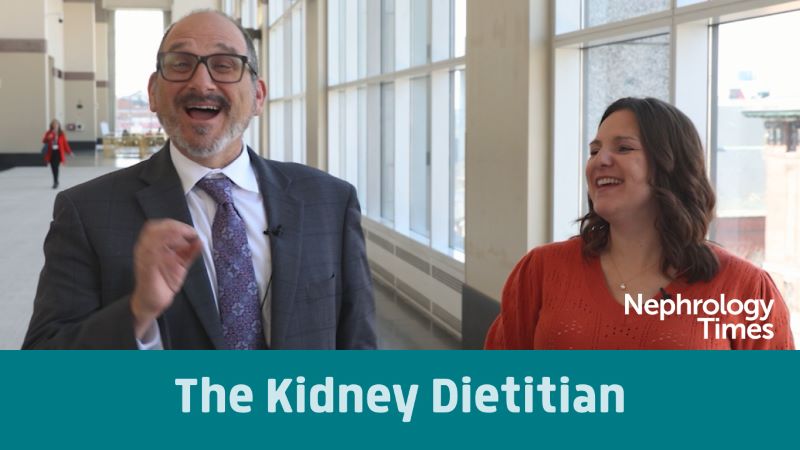
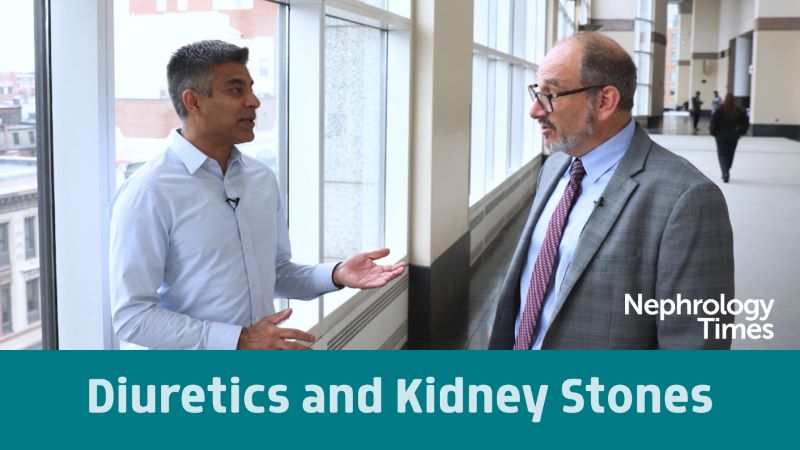
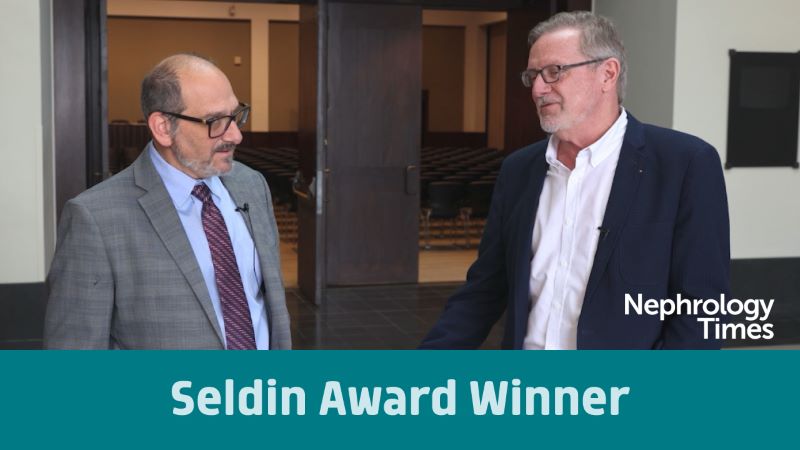
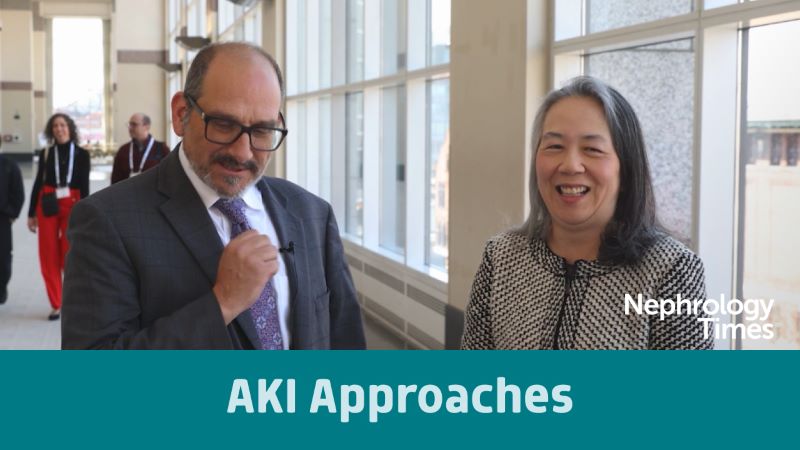
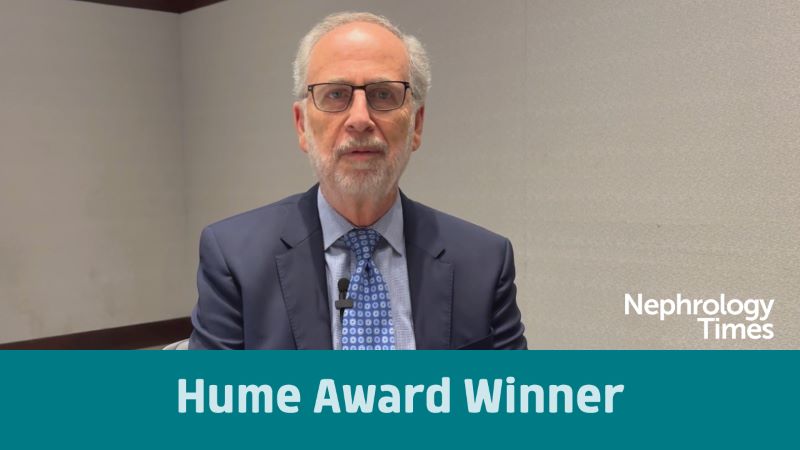

 © 2025 Mashup Media, LLC, a Formedics Property. All Rights Reserved.
© 2025 Mashup Media, LLC, a Formedics Property. All Rights Reserved.